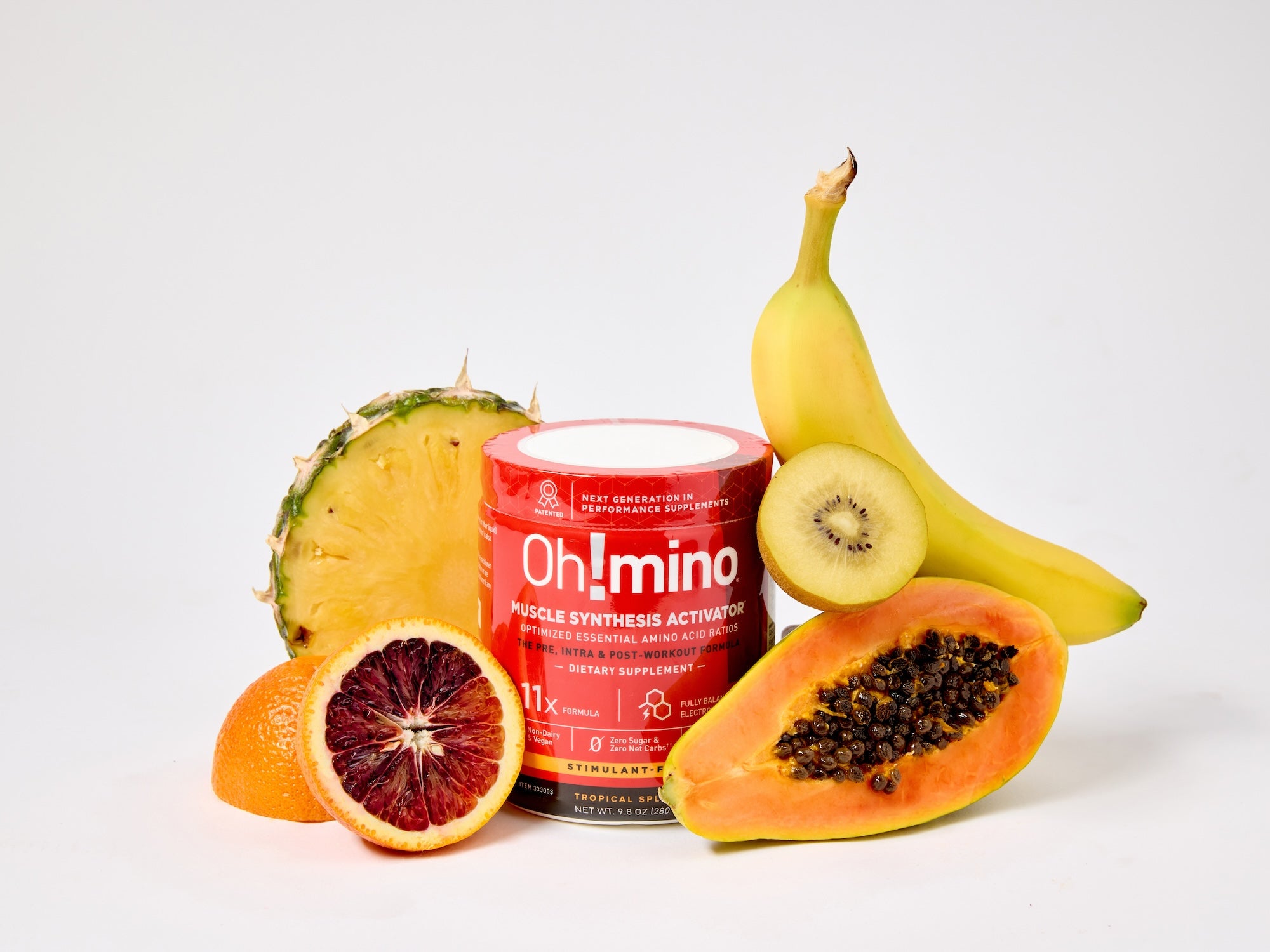Soft Arts: Emphasis on Flow, Balance, and Harmony
Examples: Tai Chi, Aikido
Among the pantheon of martial arts disciplines, the soft arts stand out for their graceful and fluid movements, focusing less on forceful impact and more on the harmonious use of energy.
- Tai Chi: Often described as "meditation in motion," Tai Chi is a gentle yet profound practice consisting of slow, purposeful movements. It's celebrated for its health benefits, such as:
- Better flexibility and balance
- Stress reduction
- Potential to alleviate conditions like hypertension and arthritis
Tai Chi's philosophy is about finding strength through softness and seeking an internal state of calm.
- Aikido: This Japanese martial art emphasizes the redirection of an opponent's momentum and aggression. It is deeply rooted in the philosophy of peace and conflict resolution. Practitioners often find that Aikido:
- Enhances self-defense capabilities without resorting to violence
- Cultivates patience and calm under pressure
- Builds a better sense of body coordination and spatial awareness
Aikido's non-aggressive style makes it a popular choice amongst those who seek to avoid confrontation.
Hard/Striking Arts: Focus on Strength, Agility, and Cardiovascular Health
Examples: Karate, Muay Thai, Kickboxing
Conversely, the striking or "hard" martial arts are characterized by their fast-paced and powerful moves that combine cardiovascular fitness with muscle toning.
- Karate: Originating in Japan, this respected art form is synonymous with a disciplined approach to life, with benefits that include:
- Improved strength and muscle tone
- Enhanced flexibility
- A fortified sense of discipline and personal achievement
Karate students learn through kata (patterns) and kumite (sparring), developing physical prowess and mental sharpness.
- Muay Thai: Known as the ""Art of Eight Limbs"" from Thailand, Muay Thai is an energetic and demanding sport providing practitioners with:
- A solid cardiovascular workout
- Improved coordination and muscle definition
- A heightened form of self-expression through physicality
Muay Thai is celebrated for its dynamic use of the entire body as a tool for fitness and competition.
- Kickboxing: This hybrid striking art offers adrenaline-pumping classes that are incredibly viable for:
- Weight loss
- Building overall fitness and stamina
- Stress relief
Kickboxing sessions are often high-energy and catered towards a full-body workout regime.
Grappling Arts: Benefits of Groundwork and Leverage
Examples: Judo, Brazilian Jiu-Jitsu
Grappling arts concentrate on techniques that control an opponent through throws and holds rather than strikes, offering a more tactical form of close combat.
- Judo: Hailing from Japan, this martial art teaches combatants to use their opponent's force against them. Judo's strategic approach confers:
- Effective self-defense methods
- Physical and mental endurance
- A sense of respect and fair play within the martial community
In Judo, mastering the art of falling and the use of leverage is as important as learning to execute throws.
- Brazilian Jiu-Jitsu (BJJ): An evolved form of Judo, BJJ focuses on fighting from the ground and provides:
- Techniques that neutralize size advantages, stressing skill over raw power
- A consistent, engaging physical and mental challenge
- An inclusive community that values technique and persistence
BJJ is particularly esteemed for its practical application in self-defense scenarios.
Weapon-Based Arts: Precision, Focus, and Discipline
Examples: Kendo, Fencing
Some martial arts disciplines specialize in the mastery of weapons, sharpening both body and mind with precision and strategic thinking.
- Kendo: The "Way of the Sword" is a rigorous Japanese discipline aiming to develop:
- Mental clarity and acute concentration
- Precise and controlled movements
- A philosophical understanding of conflict and resolution
Practiced with bamboo swords, Kendo adopts an almost meditative approach to swordsmanship.
- Fencing: Rooted in European tradition, fencing challenges its adherents to think fast and move faster. This martial art is renowned for:
- Encouraging strategic thinking
- Boosting reflexes and tactical skills
- Providing a highly active cardiovascular workout
Fencing is akin to a physical chess match, requiring anticipation and quick decision-making.
Mixed & Modern Arts: Incorporating Diverse Techniques and Fitness Benefits
Examples: Capoeira, Krav Maga
Modern martial arts blend a variety of techniques to adapt to the evolving world of self-defense and fitness.
- Capoeira: This Brazilian cultural art form spins martial arts with dance and music to forge:
- Whole-body fitness
- Improved rhythm and movement coordination
- Cultural enrichment and historical appreciation
Capoeira classes are both celebratory and strenuous, often appealing to those with a penchant for dance and dynamic activity.
- Krav Maga: Developed for real-world exigencies, Krav Maga integrates pragmatic strategies with accessible techniques, highlighting:
- Adaptability to various self-defense situations
- Practicality and effectiveness above all
- A growing community focused on preparedness and empowerment
Krav Maga's realistic approach to personal security makes it a popular choice for a broad demographic.
Martial arts provide a spectrum of benefits that cater to the body, mind, and spirit.
Whether you gravitate towards the tranquil practice of Tai Chi or the vigorous exertion of Muay Thai, embarking on this martial journey promises a wealth of enriching experiences.
Your path in martial arts should align with your personal goals, forging a powerful avenue for transformation and discovery.
Stay fit my friend,
Michael
Founder & CEO


